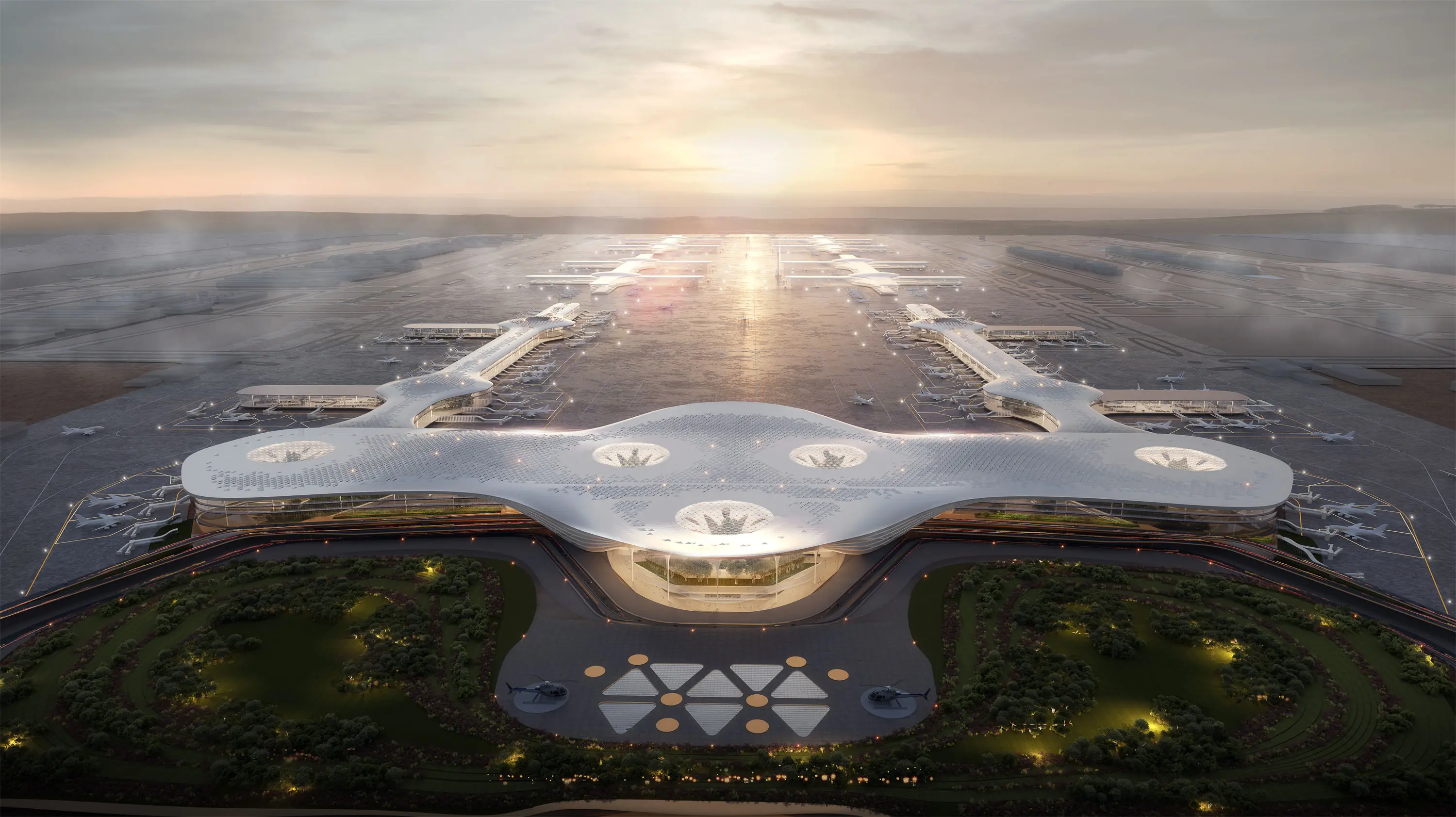What factors can affect the reputation and cost-effectiveness of a 3D architectural studio?
The reputation and cost-effectiveness of 3D architectural studios are interwoven and influenced by multiple factors. They are not only related to technical strength and service quality, but also closely related to market positioning and operation mode. In terms of reputation building, the quality of the work is the most direct business card. Its meticulous restoration of building materials, precise control of light and shadow layers, and the true presentation of spatial proportions all directly reflect the technical foundation of the studio. For instance, in commercial complex projects, if the reflective texture of the glass curtain wall and the concave-convex details of the stone texture are properly handled, they often leave a deep impression on customers. In terms of style adaptation and innovation, whether it is the profound and ancient style of cultural architecture or the simple and technological feel of modern Spaces, if they can meet the project requirements and incorporate unique creativity, such as dynamic light and shadow effects or interactive display Designs, they can significantly enhance the industry recognition of the studio. In addition, cooperation cases with large developers and well-known architectural firms, as well as the exposure of works and customer reviews on professional platforms such as Behance and ArchDaily, are all important supports for word-of-mouth promotion. Meanwhile, the service attitude of responding quickly to demands and communicating and providing feedback efficiently also holds a key position in the customer experience.

The cost performance is more reflected in the balance between cost and value. The transparency of the quotation system directly affects the customer's judgment on the cost performance. Listing the costs such as modeling complexity, rendering accuracy, and the number of modifications item by item is far more conducive to the customer's understanding of the rationality of the input-output ratio than a vague package price. In the actual project implementation, the degree of process standardization and the efficiency of resource utilization are particularly important. For instance, a studio with a prefabricated component library and a mature project management system can significantly shorten the construction period, reduce costs, and enable clients to obtain higher value returns. In addition, the team size should be compatible with the project requirements. Large studios have more detailed division of labor and higher efficiency in complex projects, while small teams have more cost-performance advantages in medium and small projects due to convenient communication and lower labor costs. Value-added services in the after-sales process, such as free modification times, model usage training, and a long-term cooperation model that supports secondary editing of source files, can also enhance customers' perception of the "hidden cost-effectiveness". It is worth noting that reputation and cost-effectiveness do not exist in isolation. A high reputation is often built on the continuous provision of high cost-effectiveness services, and a reasonable cost-effectiveness strategy is the cornerstone for maintaining a good reputation. Only through a comprehensive consideration of multiple dimensions such as works, services and quotations can the true level of a 3D architectural studio in terms of reputation and cost performance be truly evaluated.
China top Architectural Rendering company -LIGHTS CG 100+ In-house Veteran 3D Artists. 100% On-time Delivery. 3D Rendering & Animation Service.


